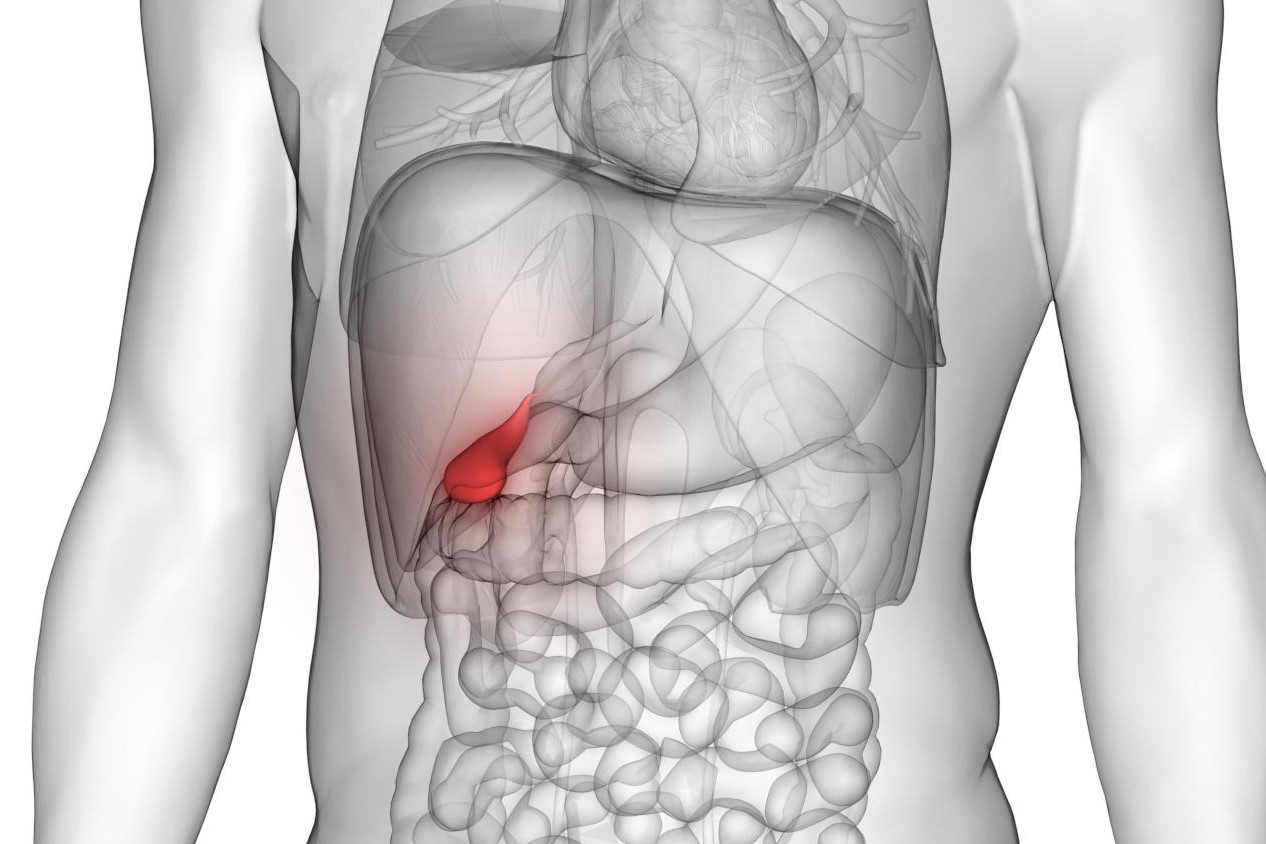
Rare diseases: Primary sclerosing cholangitis
Primary sclerosing cholangitis: the liver has several functions that are indispensable for our health. One of these is the production of bile, a greenish, viscous liquid that is discharged into the intestine and serves for the digestion and absorption of nutrients
The bile is transported from the liver cells to the intestine by a network of channels called the bile ducts and by a ‘pouch’ called the gallbladder, which is connected to the bile ducts just outside the liver and whose function is to concentrate the bile.
Primary sclerosing cholangitis is a rare, chronic and progressive inflammatory disease involving the biliary tract inside and outside the liver
The causes of this inflammation are poorly understood to date.
The inflammation leads to narrowing of the bile ducts (stenosis) and consequently to stagnation and accumulation of bile in the liver (cholestasis).
In paediatric age, the involvement of the bile ducts located inside the liver (intrahepatic bile ducts) is more frequent than in the adult population, and is more closely related to autoimmune hepatitis (AIH).
In a high percentage of patients (more than 80%), primary sclerosing cholangitis is associated with chronic inflammatory bowel disease, especially ulcerative rectocolitis.
The causes of primary sclerosing cholangitis are both genetic and environmental: it is more frequent in certain geographical areas, such as Northern Europe.
Certain risk conditions such as vitamin D and selenium deficiency have been recognised.
Moreover, primary sclerosing cholangitis is more frequent in the male sex and in first-degree relatives of patients with the disease
Most patients have no symptoms at the time of diagnosis.
Weakness, skin itching, jaundice, lack of appetite with weight loss and abdominal pain may be the first presenting symptoms.
Thereafter, the course of primary sclerosing cholangitis is very variable but in most cases the disease gradually progresses to cirrhosis and liver failure.
At the medical examination jaundice and enlargement of the liver and spleen may be evident.
Blood tests show increased transaminases and other indications of liver dysfunction.
Instrumental tests, useful for diagnosis and disease monitoring, include ultrasound of the abdomen and Cholangio-Pancreatography with Magnetic Resonance Imaging (CPRM).
Liver biopsy, on the other hand, allows the microscopic evaluation of typical changes in the disease and the diagnosis of possible associated autoimmune hepatitis.
The treatment of primary sclerosing cholangitis is mainly aimed at controlling the symptoms of cholestasis and preventing complications, with the goal of changing the clinical course and thus the prognosis.
Therapy with high-dose Ursodeoxycholic Acid is considered the first line of treatment.
The use of immunosuppressive drugs is indicated in cases of hepatitis and/or IgG4-related sclerosing cholangitis.
The remaining therapies are used to control infections (acute cholangitis) and pruritus such as cholestyramine.
To avoid deficiency of fat-soluble vitamins such as vitamin A and vitamin D, these vitamins are supplemented.
Endoscopic Retrograde Cholangio-Pancreatography (CPRE) is reserved for patients with stenosis of the biliary tree either for therapeutic purposes (dilatation and/or stent insertion) or to exclude complications.
The only curative treatment to date is liver transplantation, although there is a risk of the disease recurring in the transplanted organ.
There are currently no prevention strategies for primary sclerosing cholangitis
The prognosis depends on the degree and speed of progress of biliary tract damage, which can lead to liver failure and the need for liver transplantation.
In these patients, the simultaneous presence of ulcerative rectocolitis increases the risk of colorectal carcinoma. Cholangiocarcinoma, cancer of the bile ducts, may be another complication of primary sclerosing cholangitis.
Periodic checks of tumour markers in the blood and surveillance screening by an experienced multidisciplinary team are therefore necessary.
Read Also
Emergency Live Even More…Live: Download The New Free App Of Your Newspaper For IOS And Android
Sclerosing Cholangitis: Symptoms, Diagnosis And Treatment
The Dangers Of Raw Or Undercooked Fish: Opisthoriasis
First Time Ever: Successful Operation With A Single-Use Endoscope On Immunodepressed Child
Crohn’s Disease: What It Is And How To Treat It
Wales’ Bowel Surgery Death Rate ‘Higher Than Expected’
Irritable Bowel Syndrome (IBS): A Benign Condition To Keep Under Control
Colitis And Irritable Bowel Syndrome: What Is The Difference And How To Distinguish Between Them?
Irritable Bowel Syndrome: The Symptoms It Can Manifest Itself With
Crohn’s Disease Or Irritable Bowel Syndrome?
USA: FDA Approves Skyrizi To Treat Crohn’s Disease
Crohn’s Disease: What It Is, Triggers, Symptoms, Treatment And Diet


